Enterprises that Need Data Labeling Support for AI Development
The AI market includes several industries, such as healthcare, finance, education, media, and marketing. The rate of AI adoption and deployment across the globe in the coming decade is expected to be explosive. Despite that, data management (including annotation) represents the largest infrastructure challenge for AI development worldwide. Data-Entry-India.com helps businesses tackle it by providing data annotation services and related data management and processing support.
Explore snapshots of some of our prominent data labeling projects where our team helped the client by making a measurable difference in their ROI and goals.
- Annotating Solar Panel Images for an Energy Company
- Tracking Drones and Annotating Aerially Shot Videos for a Tech Company
- Annotating Vehicles in Aerial Images for a Government Agency
- Vehicle Damage Detection and Labeling for an Insurance Provider
- Image Annotation to Identify Litter on Streets for a Municipal Agency
- Annotating Water Bodies in Historical Map Images
- Segmenting and Annotating Images of Human Palms for an Astrology App
- Text Annotation for a National Restaurant Chain
Annotating Solar Panel Images for an Energy Company

This client is a leading renewable energy company that builds, installs, and manages solar power solutions. They needed precise annotation of thousands of solar panel images to improve their machine learning models for defect detection and efficiency optimization. The images were captured using drones and were divided into RGB (color) and thermal (infrared).
We trained ourselves on the client's proprietary annotation tool to label the solar panel images, highlighting defects, shading, and installation irregularities, ensuring high-quality and accurate data for the client's AI models.
- Image Annotation Tool : Developed and owned by the client
- Image Annotation Technique : Polyline annotation
- Team Size : 10 annotators
- Project Volume : 5000+ images captured by a drone
Our efforts resulted in a 25% increase in the accuracy of the client's defect detection algorithms, significantly enhancing their maintenance efficiency and reducing operational costs by 15%.
Tracking Drones and Annotating Aerially Shot Videos for a Tech Company
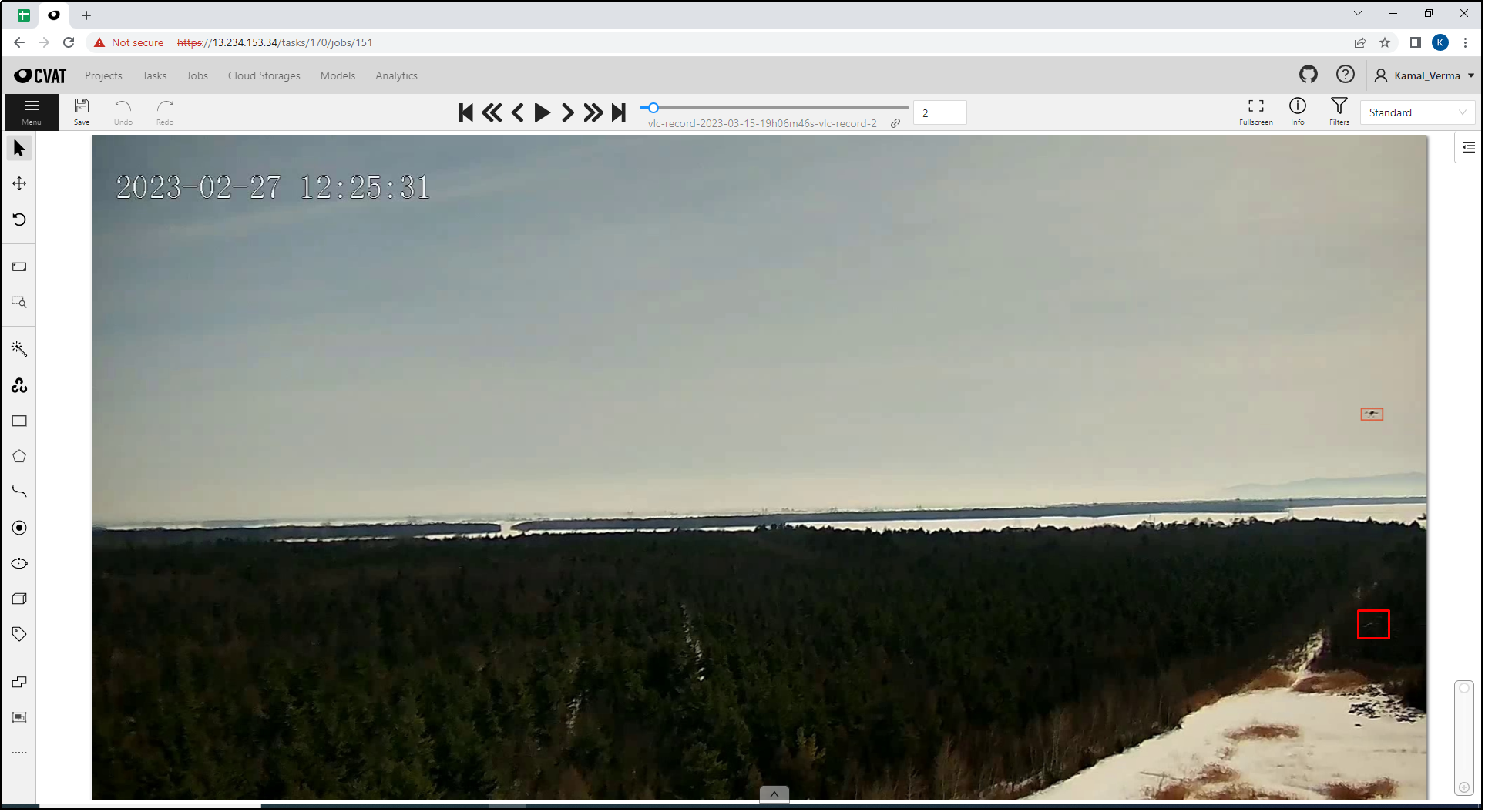
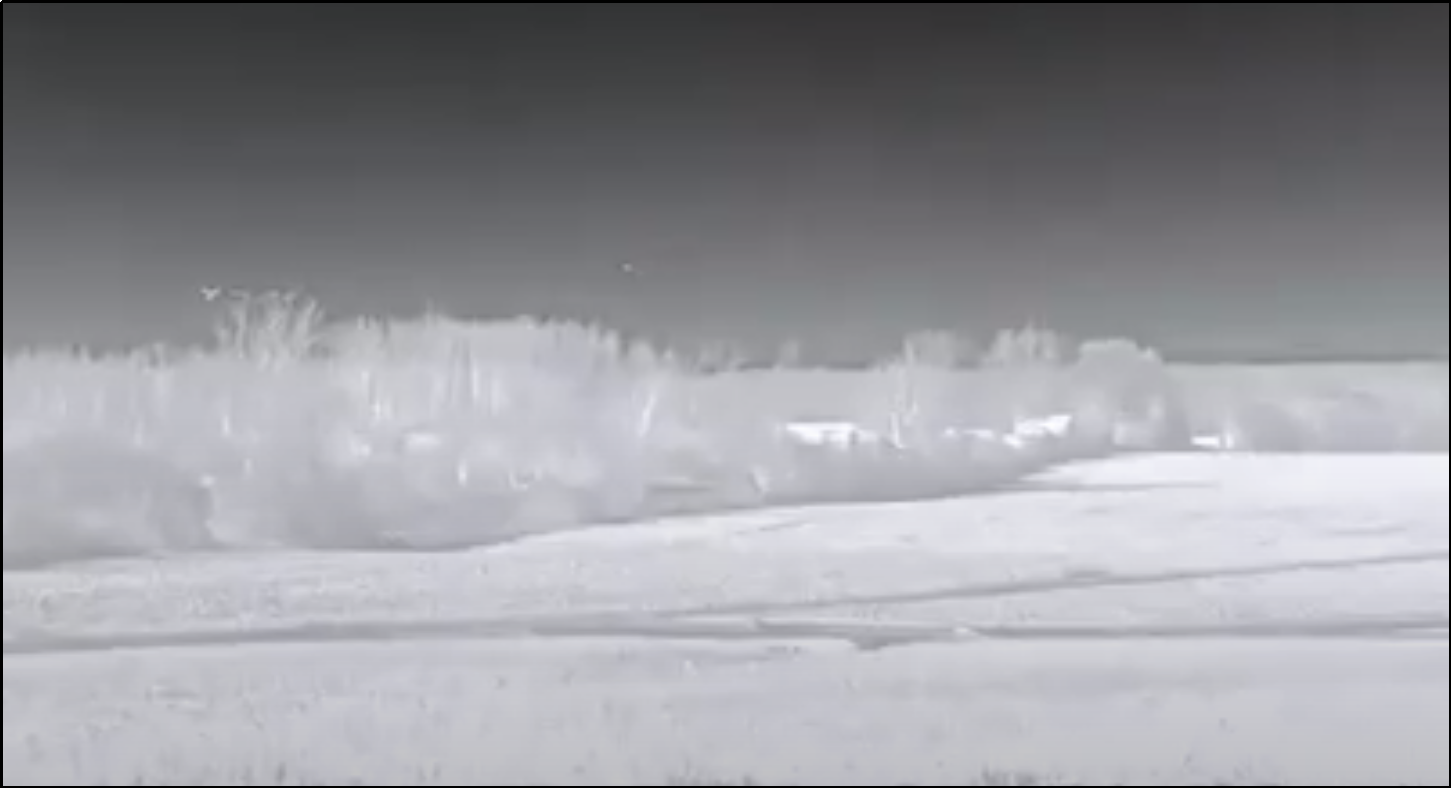
Our client is a technology company specializing in drone-based aerial surveillance and data collection. They needed labeled videos of drones flying over fields to train their object detection algorithm. However, the footage was shot from other drones using standard and infrared cameras across days and nights, which complicated annotation. Thermal signatures, low-light conditions, and videos where the drone being annotated was too far from the camera presented challenges in labeling.
Additionally, the drones moved unpredictably in various directions-up, down, forward, and backward. This randomness made it difficult for automated tracking algorithms to maintain a consistent lock on the drones' positions. As a result, the video frames needed manual adjustments before they could be annotated.
To address the challenges posed by infrared footage and low-light conditions, we adjusted the opacity of infrared frames to enhance visibility. We made manual adjustments for each frame to compensate for the unpredictable drone movements. This involved manually drawing bounding boxes around the drones and assigning unique identifiers to ensure accurate tracking and annotation.
- Image Annotation Tool : Locally hosted CVAT
- Image Annotation Technique : Bounding box annotation
- Team Size : 20 annotators
- Project Volume : 100,000 frames (55 hours of video)
The Data-Entry-India.com team introduced a 30% improvement in the client's object detection algorithms, significantly enhancing their drone surveillance accuracy. The improved training data also resulted in a 20% increase in operational efficiency.
Annotating Vehicles in Aerial Images for a Government Agency
Before
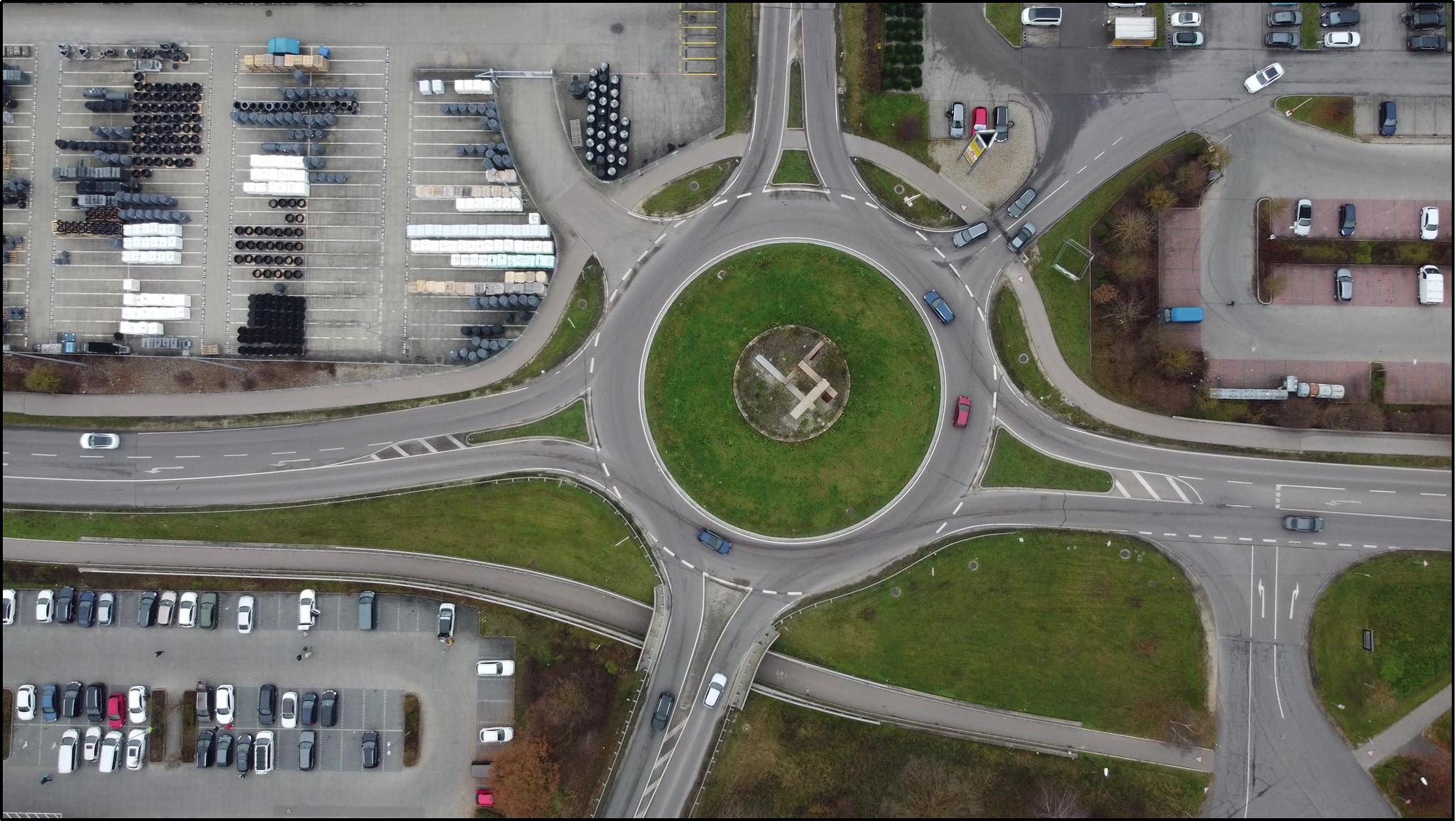
After
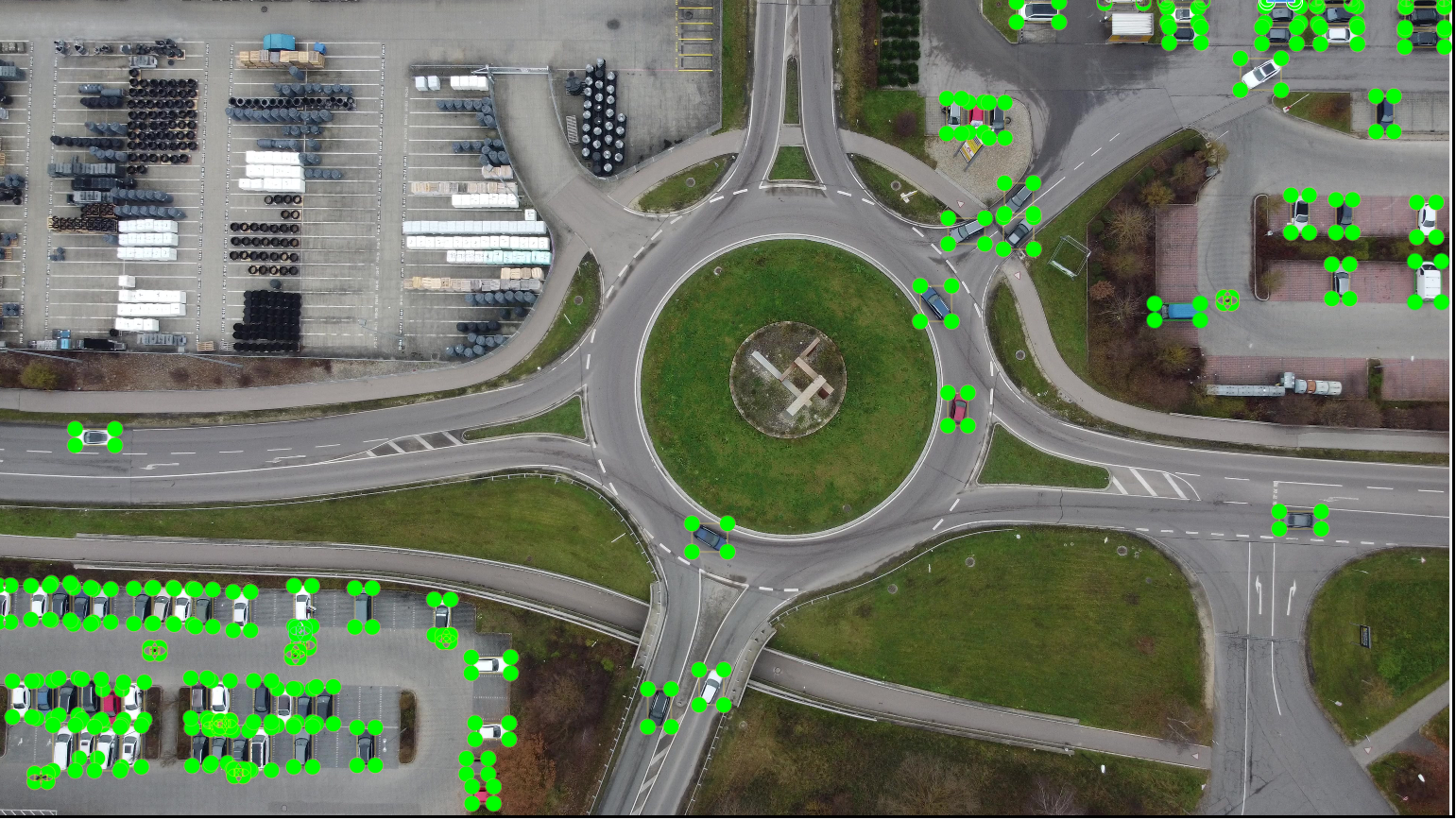
The client is a government agency responsible for urban planning and development. They utilize aerial imagery to monitor and manage city traffic and infrastructure. Our team had to annotate those aerial images, i.e., to identify and categorize approximately eight object classes, including cars, SUVs, vans, pedestrians, motorbikes, cyclists, trucks, and buses.
The images varied in resolution and clarity, presenting challenges in accurately identifying and labeling vehicles, especially in densely populated urban areas and under varying lighting conditions. We used 100% zoom to identify the objects and implemented a multi-pass annotation process, which involved multiple rounds of quality checks and adjustments to maintain precision.
- Image Annotation Tool : Label|mg
- Image Annotation Technique : Bounding box annotation
- Team Size : 5 annotators
- Project Volume : 2000+ images
Our detailed annotation process led to a 35% increase in the accuracy of the agency's traffic analysis models. The enhanced data accuracy also resulted in a 20% improvement in the agency's ability to monitor traffic flow.
Vehicle Damage Detection and Labeling for an Insurance Company
Before
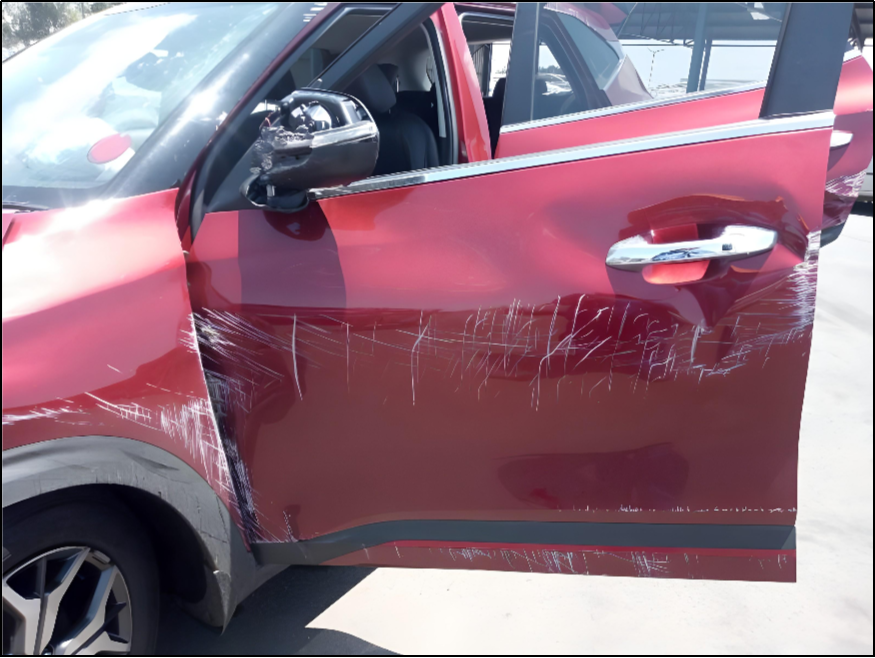
After
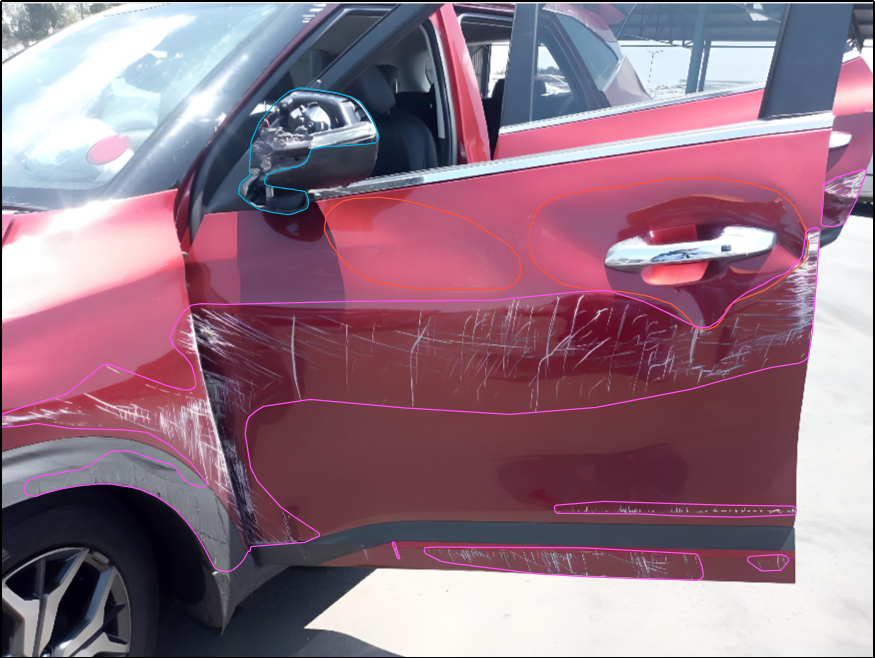
Before
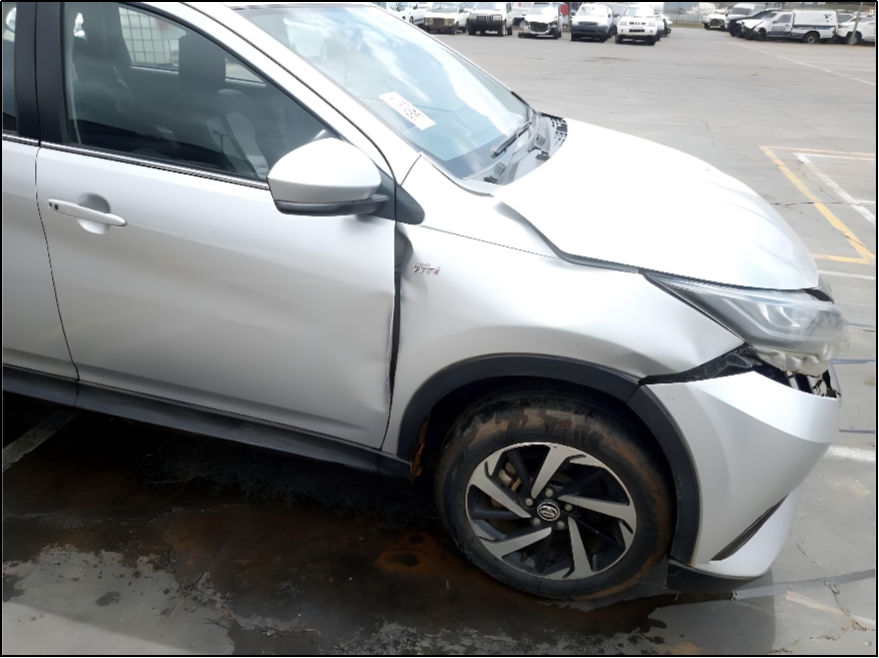
After
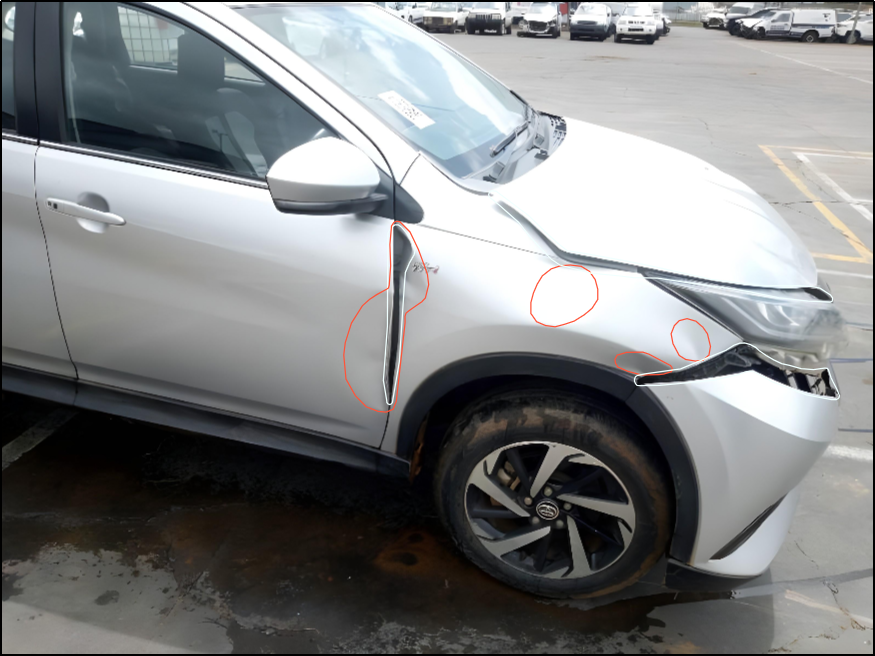
We collaborated with a leading auto insurance provider in the UK to detect and label vehicle damage in the images submitted for claims (e.g., dent, rust, scratch).
It was challenging to distinguish between dents and reflections caused by shadows. Other issues included identifying dents in darker images and detecting scratches and chips that were not easily visible. Additionally, maintaining consistent output due to variations in image quality posed significant difficulties. We maintained constant feedback loops with the client to overcome these challenges and ensured timely query resolution.
- Image Annotation Tool : Locally hosted CVAT
- Image Annotation Technique : Polygon annotation
- Team Size : 10 annotators
- Project Volume : 3000 images
Our efforts resulted in a 40% improvement in the accuracy of the client's damage detection algorithms and a 30% reduction in claims assessment time.
Image Annotation to Identify Litter on Streets for a Municipal Agency
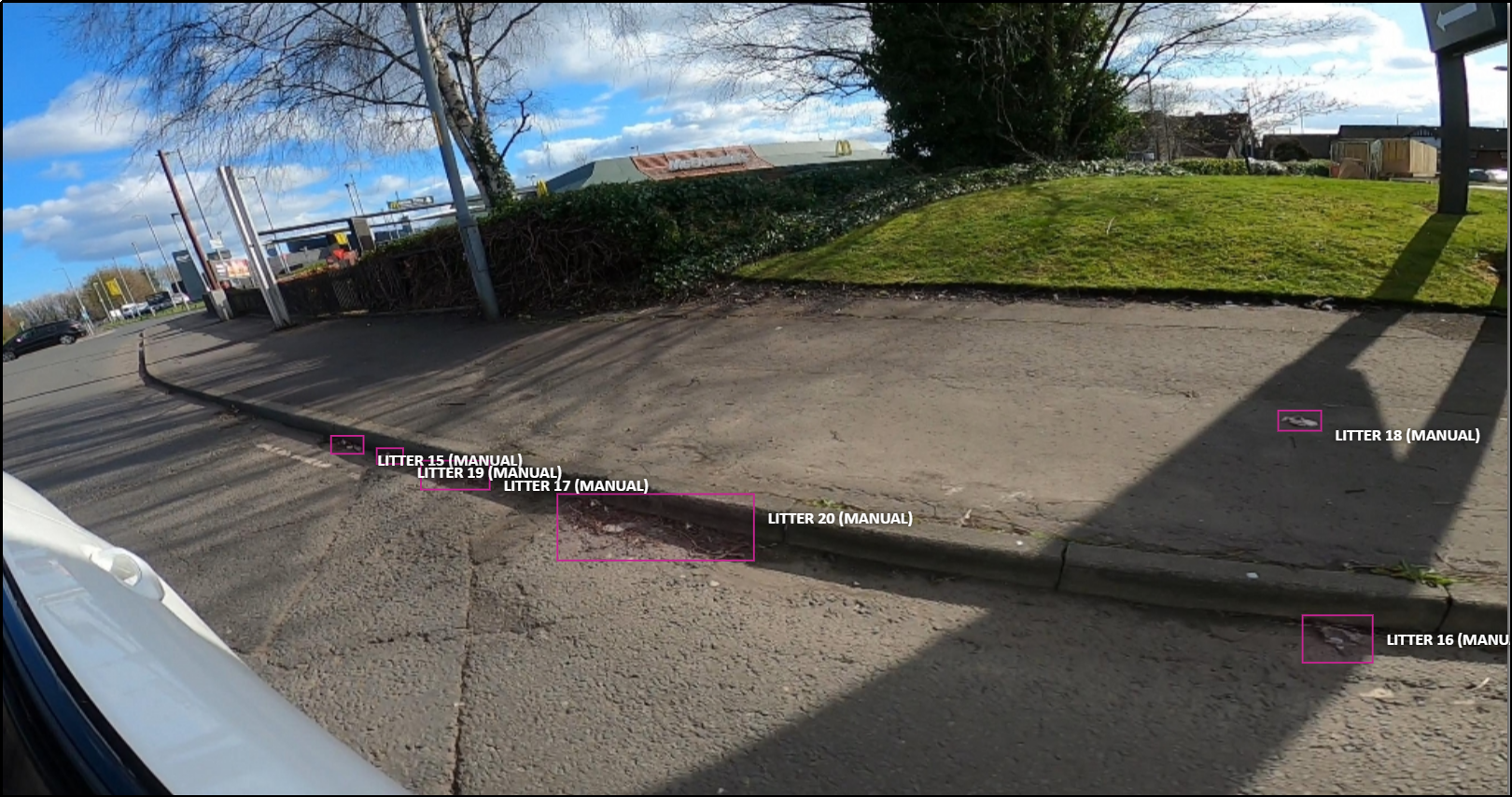
The client is a municipal government department responsible for city maintenance and public services. They needed our assistance to train a street maintenance tracking system. We had to annotate public bins, potholes, manhole covers, and litter in street images.
The challenges in this project included variations in image quality due to different lighting and weather conditions, interference caused by pedestrians or vehicles, and the diverse appearances of objects in various urban environments. We employed bounding box and segmentation techniques to ensure accurate image labeling. Regular feedback sessions with the client helped refine our annotation process and resolve any queries promptly.
- Image Annotation Tool : Locally hosted CVAT
- Image Annotation Technique : Bounding box annotation
- Team Size : 10 annotators
- Project Volume : 3000 images
Our team's efforts improved the object detection accuracy of the client's maintenance tracking system by 45%.
Annotating Water Bodies in Historical Map Images
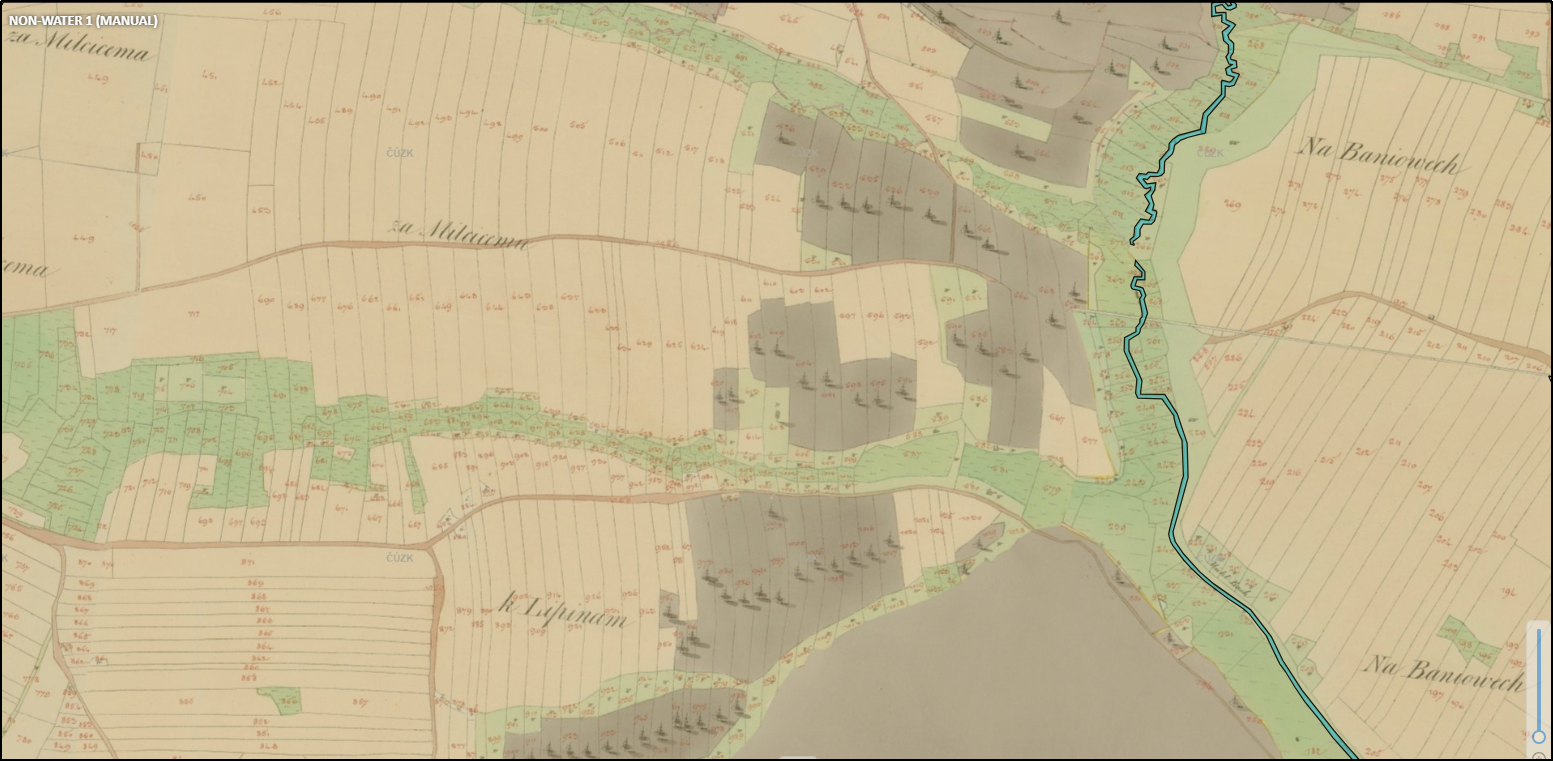
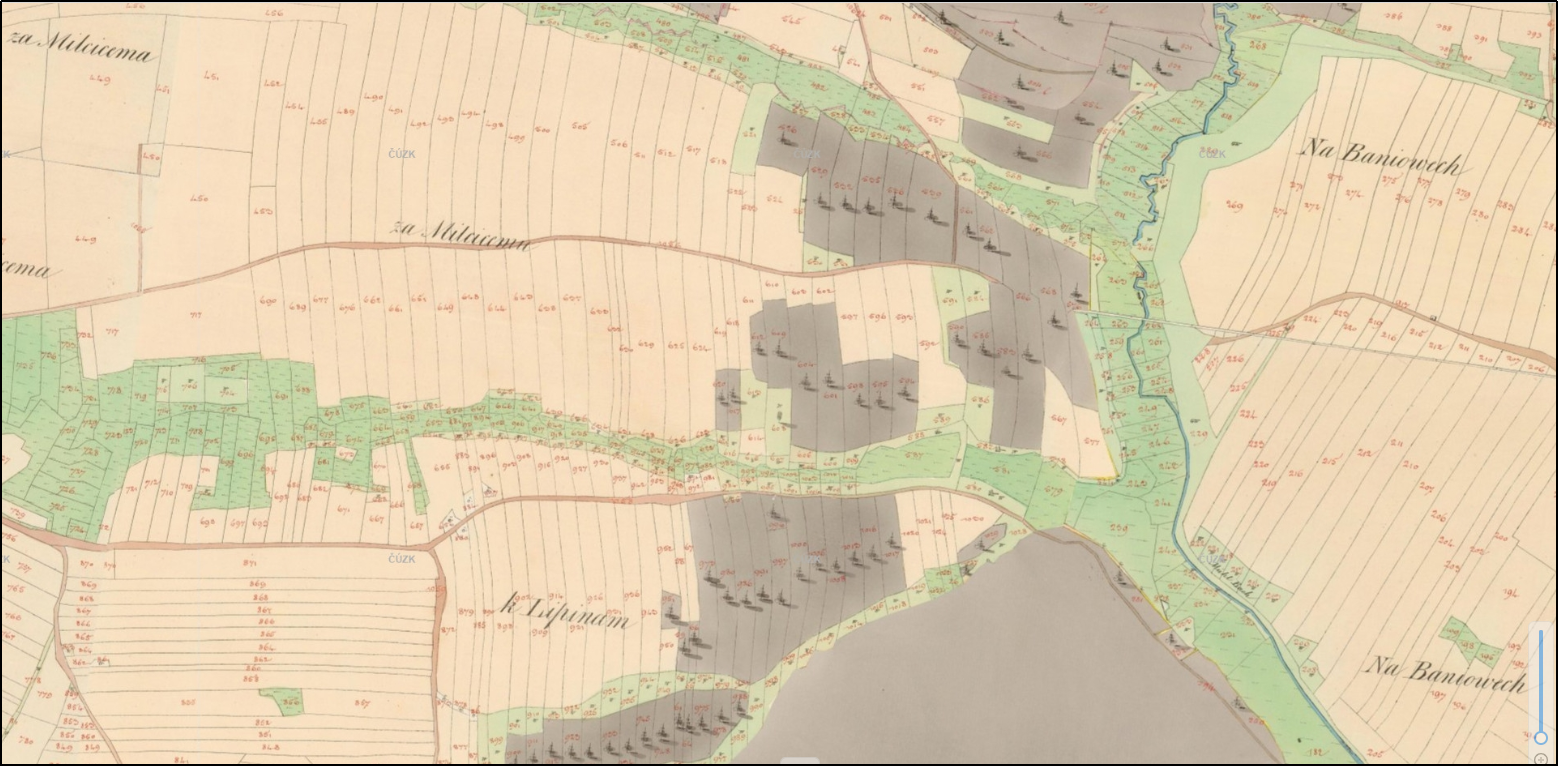
This client- an academic institution -was involved in studying and preserving natural water bodies through historical data analysis. They were training an AI/ML solution for geographic data mapping. To facilitate automated map analysis, they required accurate annotation of water features in historical map images.
However, the maps varied in quality, and issues like faded details and diverse cartographic styles complicated the annotation process. We employed digital restoration to improve image clarity and used a polygon tool to precisely delineate water bodies in the maps.
- Image Annotation Tool : Locally hosted CVAT
- Image Annotation Technique : Polygon tool (masking)
- Team Size : 3 annotators
- Project Volume : 1200 images
The client noted a 40% improvement in the object detection accuracy of their algorithm, as well as better performance in recognizing and categorizing water bodies.
Segmenting and Annotating Images of Human Palms for an Astrology App
Hand segmentation
-
Before
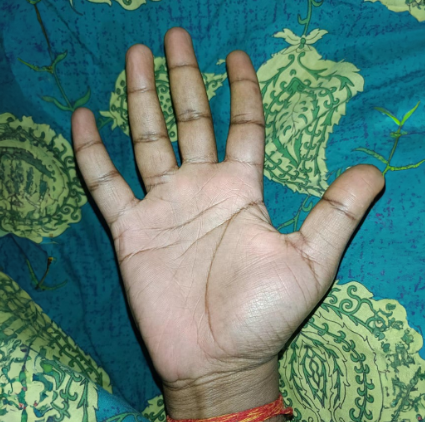
After

Palm lines
Before

After
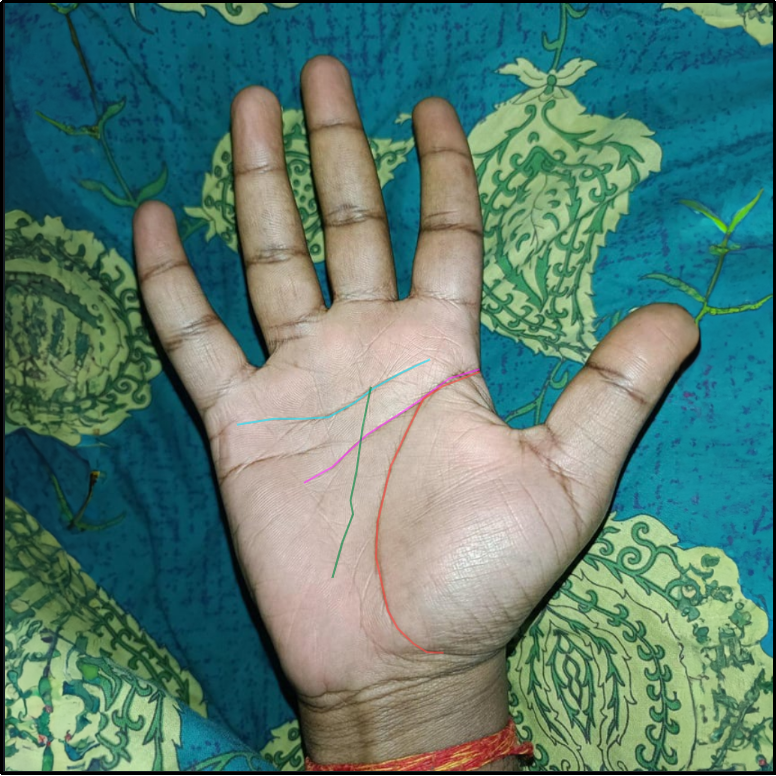
Hand Mount
Before
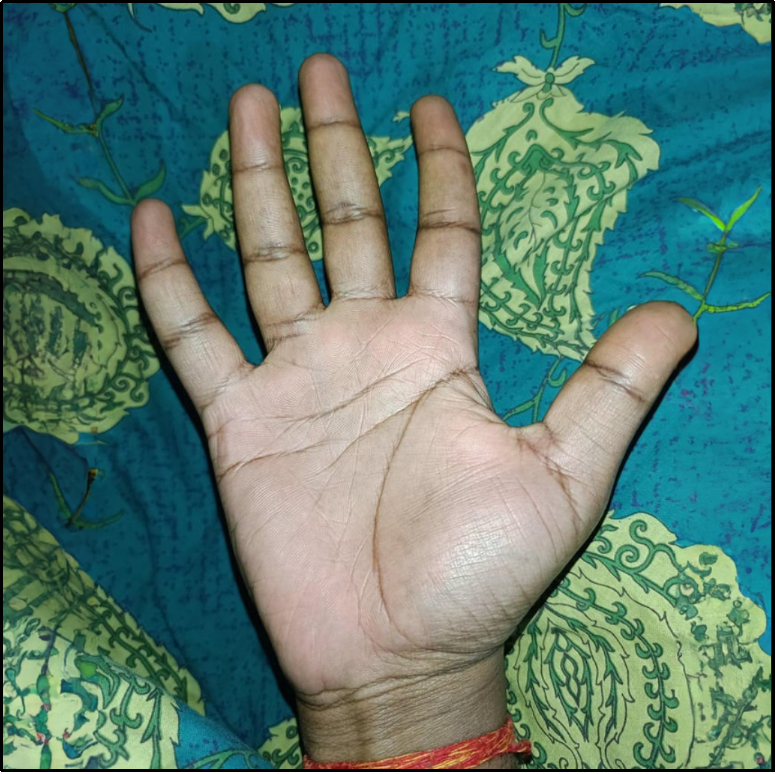
After
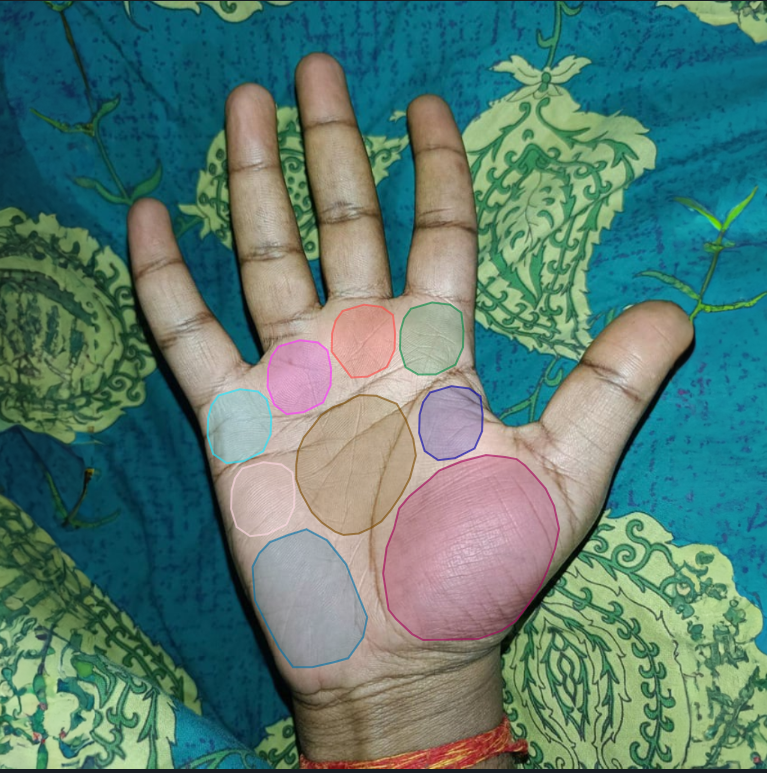
Finger Point
Before
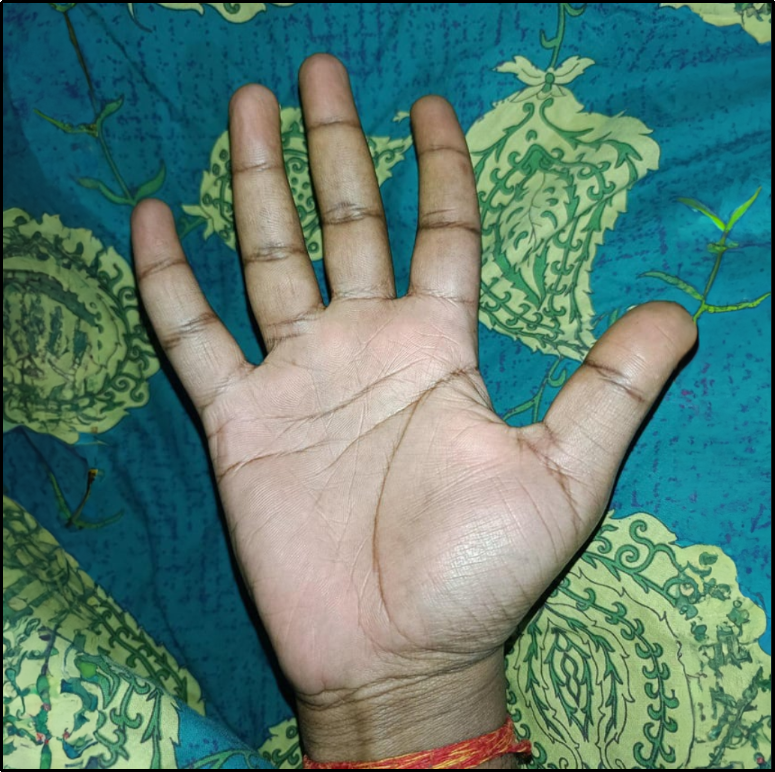
After
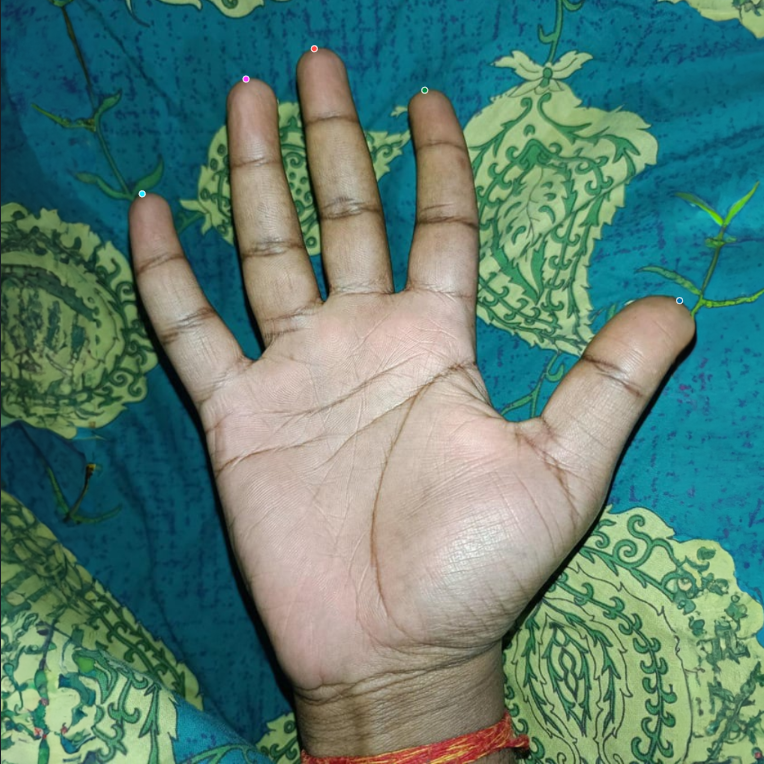
Bottom of Fingers and Hand
Before
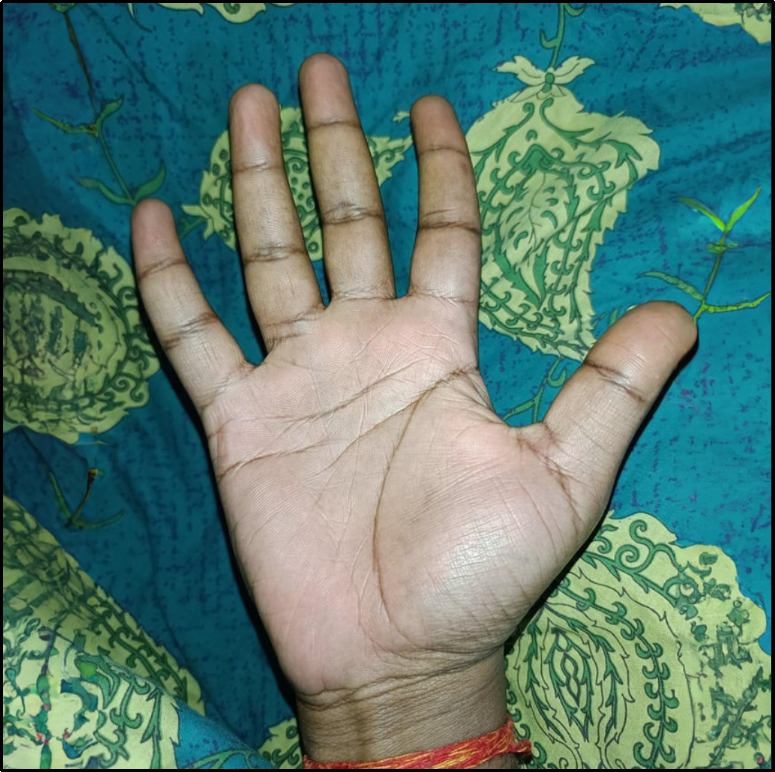
After
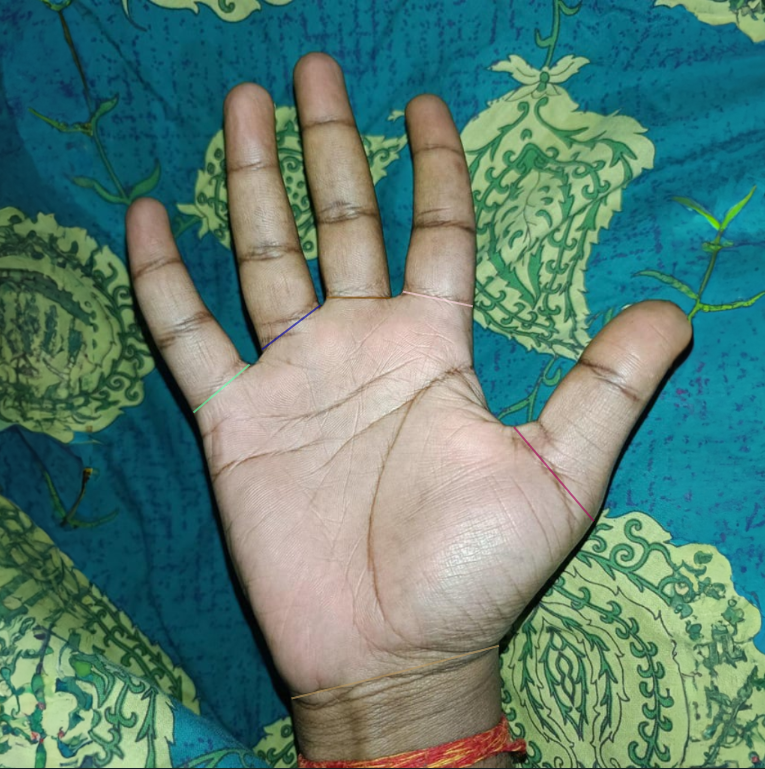
The client is a technology company developing an astrology application for palm reading. They were training an AI algorithm to identify palm lines on the hand images uploaded by users, compare them to existing guidelines, and produce a reading. This endeavor required labeled palm images so the model could be trained to identify palm lines.
We had to classify and label diverse areas, including finger points (5 regions), bottom of fingers (5 regions), and hand mounts (9 different regions per palm). However, the images also had unrecognized areas, like the gaps between fingers, which needed to be categorized. Additionally, unclear images affected palm line recognition. Identifying hand mounts became difficult if the images were captured with varying hand postures.
We made manual alterations to accurately identify and categorize the gaps between fingers that the automated tools could not recognize. We used Google images as references of palm lines for precise labeling. Darker or unclear images were processed by adjusting their opacity. We also passed the labeled images through an in-house QC process to ensure all required points across each palm image were correctly annotated.
- Image Annotation Tool : LabelBox
- Image Annotation Technique : Polygon and polyline tools
- Team Size : 10 annotators
- Project Volume : 10,000 images
Our team enabled a 25% increase in the application's accuracy in palm line identification.
Text Annotation for a National Restaurant Chain
This client operates across multiple states. They frequently update the menus (containing beverages and food items) of all outlets and need accurate categorization of each item as alcoholic or non-alcoholic for customer clarity and legal compliance. They hired our text annotation team to review a comprehensive list of menu items and label them accordingly.
- Image Annotation Tool : MS Excel
- Image Annotation Technique : Text Classification
- Team Size : 5 annotators
- Project Volume : 50,000 records
We appointed a subject matter expert in the field to lead the project, who guided the rest of the team in research and verification methods to identify whether each item in the list contained any alcohol or not. We utilized online resources, including official menus from the restaurant's website and ingredient lists from reputable sources. A double-check system was also implemented where each item labeled as unclear was reviewed by another annotator to ensure accuracy. We finally delivered a comprehensive, verified dataset to the client, enabling them to confidently update their menus.
Data Annotation Tools
Our Team is Familiar with Prominent Data Annotation Tools
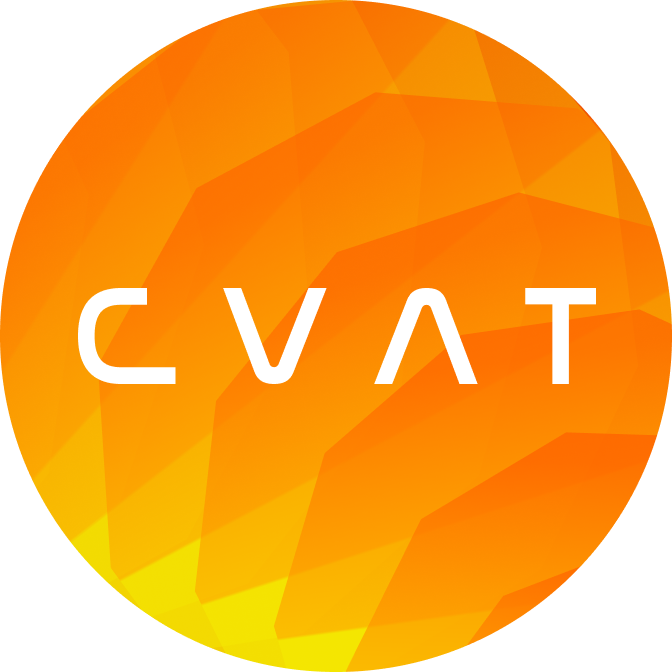
CVAT

Label|mg
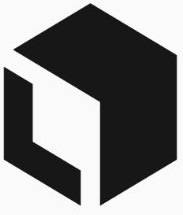
Labelbox

V7
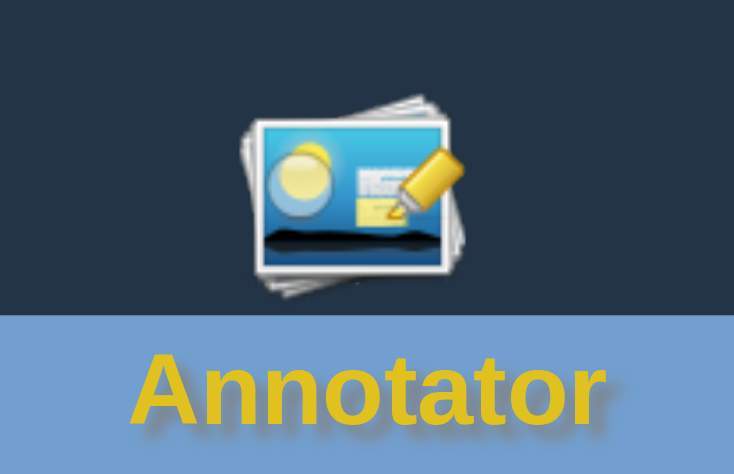
Image
Annotation Lab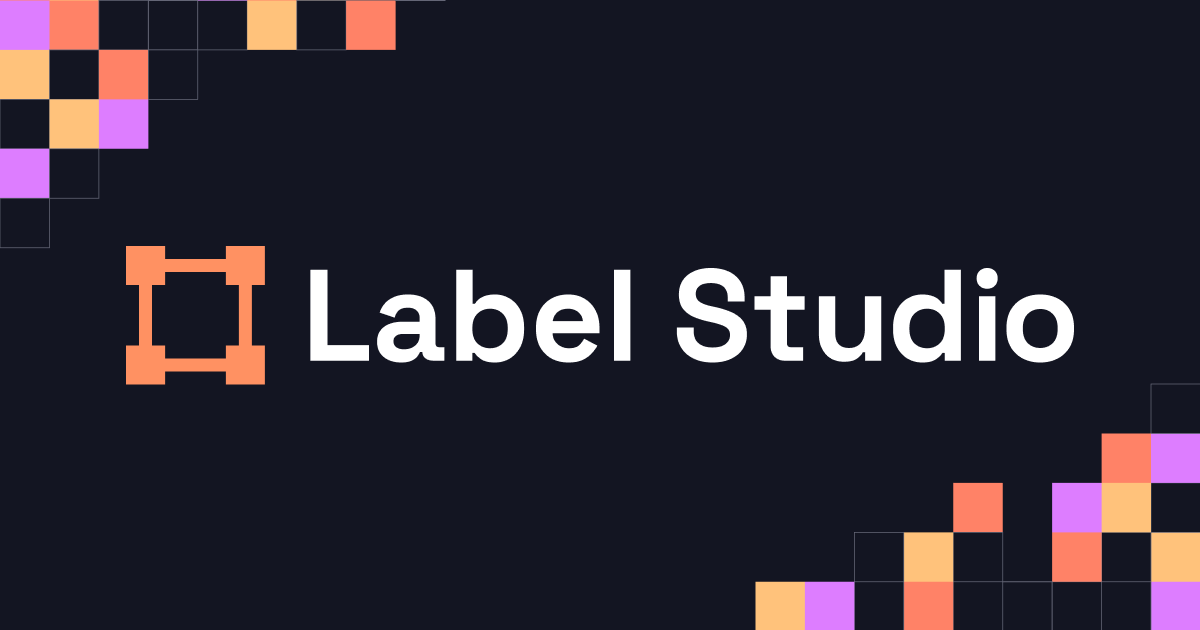
LabelStudio
Data Annotation Services
Our Data Annotation Capabilities Include
-
2D and 3D
Image Annotation Video
Annotation
Text
Annotation
Object
Classification
Get the Support your Company Needs for Faster AI Development and Accurate Outcomes
Data-Entry-India.com empowers technology and AI companies through reliable data annotation services. Our expertise spans various domains, and we provide high-quality labeled data that fuels the development and deployment of advanced AI models. If you want to know more about our services or speak to a consultant about your AI problems, reach out to us.